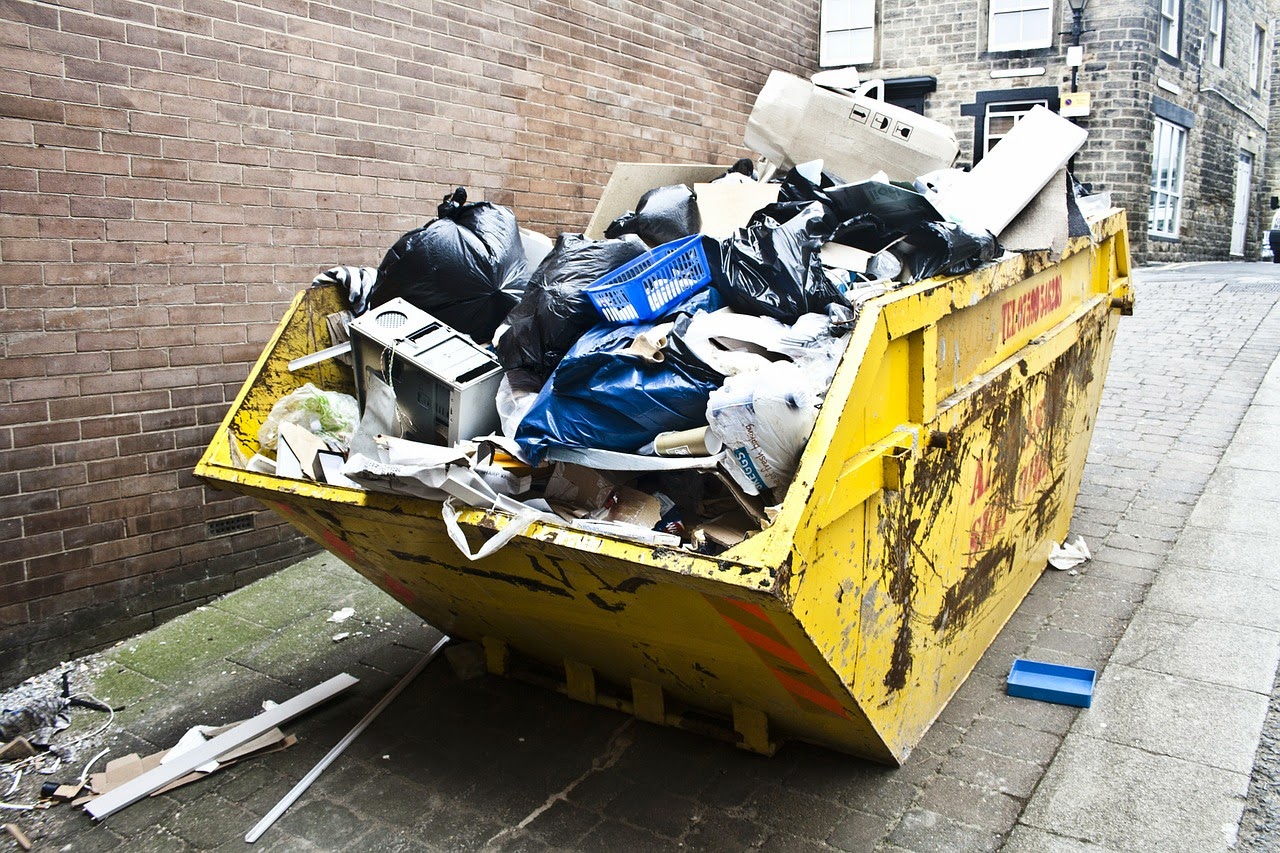Imagine spending your days sifting through
trash at a local landfill. What would you find? What could the trash tell you
about the people that used that landfill?
Strangely enough, this is no
fictional job. It is the real job of a garbologist.
A garbologist studies a culture by sifting
through its trash. Garbologists are like archaeologists, but instead of
examining the remains of ancient civilizations, they study the trash of modern
cultures. By digging through the trash, garbologists learn what a culture eats
and drinks, what they do for fun, what the culture considers trash, and much
more.
William Rathje and the Study of Trash
William Rathje is widely regarded as the father of garbology. In
1973 as a professor of Anthropology at the University of Arizona, Rathje and
his students began the Garbage Project by sorting through the trash at a Tucson,
Arizona landfill. Before his death in 2012, Rathje excavated over fifteen
landfills, catalogued every piece of trash found, and wrote many books
including
Rubbish:the Archaeology of Garbage. He learned that trash gives garbologists a
better understanding of modern culture than surveys and interviews.
Ask your students:
Why do you think trash gives a more accurate picture than surveys
and interviews?
Do you always tell the
truth when you take a survey? Why or why not?
Next, have
students watch the short video
Garbage Doesn’t Lie followed by a short video that shows
garbology in action. Younger
students may enjoy watching PBS’s
Dragonfly episode about Garbology.

Rathje’s Garbage Project in Tucson and the
others that followed also proved that, contrary to popular belief, waste in
landfills did not biodegrade. Since most students have little understanding of
what actually happens to their trash once the garbage truck picks it up, have
them watch or read How Stuff Works’
How Landfills Work. Then, students can listen to the first 4 minutes of This
American Life’s episode about
Garbage.
Another interesting video you may want students to watch is a 21 minute video called
The Story of Stuff which takes a look at product and consumption patterns.
Since the start of Rathje’s Garbage Project in 1973, garbology has
become more widely accepted in the science and anthropological fields. Critics
that once mocked and ridiculed garbology were surprised at its findings and
research applications. One of the greatest legacies of Rathje’s Garbage Project
is its impact on waste management. Garbologists learned that waste in landfills
including paper and food does not biodegrade. Because of these findings, cities
are changing their waste management plans, instituting recycling programs, and
educating their citizens about how to reduce the amount of waste going into
area landfills.
A Garbology Project
Rathje’s Garbage Project started with the idea of using modern
trash to help students understand the archaeological process and it grew from
there. Most middle or high school students will not have the opportunity to
participate in a real archaeological dig.
However, assigning students a
garbology project is a great way for students to gain a hands-on archaeological
experience while learning what an anthropologist does.
Do not worry; your
students do not have to venture into a landfill to do garbology!
They can do it
in their school, place of work, place of worship, and even their own home. For
an example of a student project, your students can check out what volunteers at
the University of Washington do during the
UW Garbology Project. Here, you can also
view the analysis of a University of Washington’s dorm waste and
view pictures.
To begin the project, students, either individually, in partners,
or in small groups, must choose a place (a culture) to examine. They must first
gain permission from the culture before they begin sifting through their trash.
Students should examine the culture’s trash several different times and keep a
record of when they visited the dig site as well as everything found. The more times
the groups visit their sites and examine its trash, the more accurate their
results. Once students finish their digs, they should organize their findings
into a spreadsheet or graph. Then, students should use the data to create
conclusions about what the trash tells them about the culture. Lastly, students
should present their findings to the class. Presentations can take a variety of
forms. Students can create PowerPoint presentations, give oral reports, create
a video, and much more.
Students participating in a garbology
project need to be familiar with the
Code of Ethics of the American Anthropological Association. In particular, they should abide
by Section 1: Do No Harm. Anthropologists have an important responsibility to the
people with whom the researchers work and whose lives and cultures they study. Anthropologists
must deliberately and purposefully consider all long-term impacts and
unintentional consequences of their actions upon the culture they are studying.
This means that students must guard the identities of names on any personal
items that they might come across. Their project should not embarrass or cause
anyone harm. Doing so directly violates the Code of Ethics.
A culture’s trash is more than just waste. The trash of ancient
and older civilizations uncovered by archaeologists helps us learn more about
their cultures. In the same manner, the trash in modern landfills provides just
as much insight into our modern cultures.
Download my free
Garbology Project and get your students digging!
If you enjoyed this post, you should sign up for my monthly newsletter for more great ideas, tips, and exclusive freebies!
My posts
and images remain under Copyright ©2015 History Gal. All rights
reserved.











